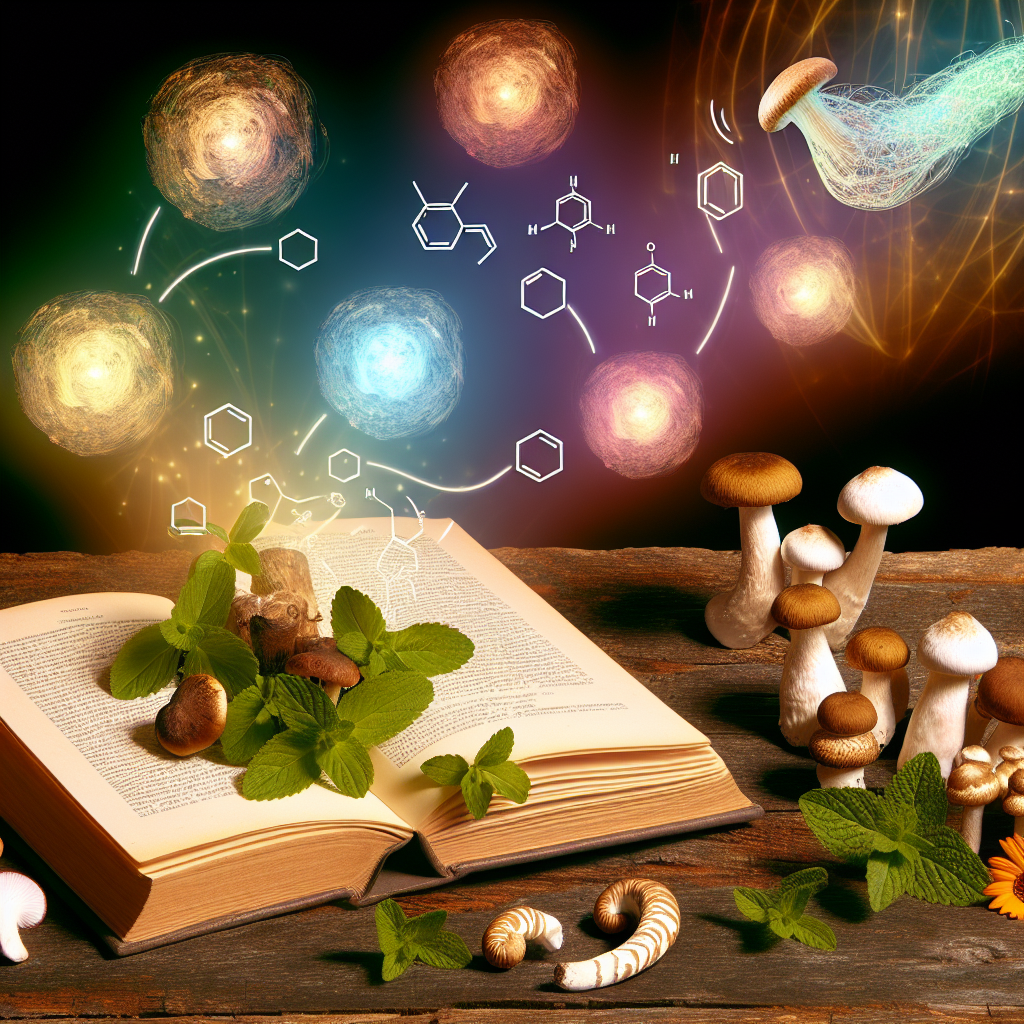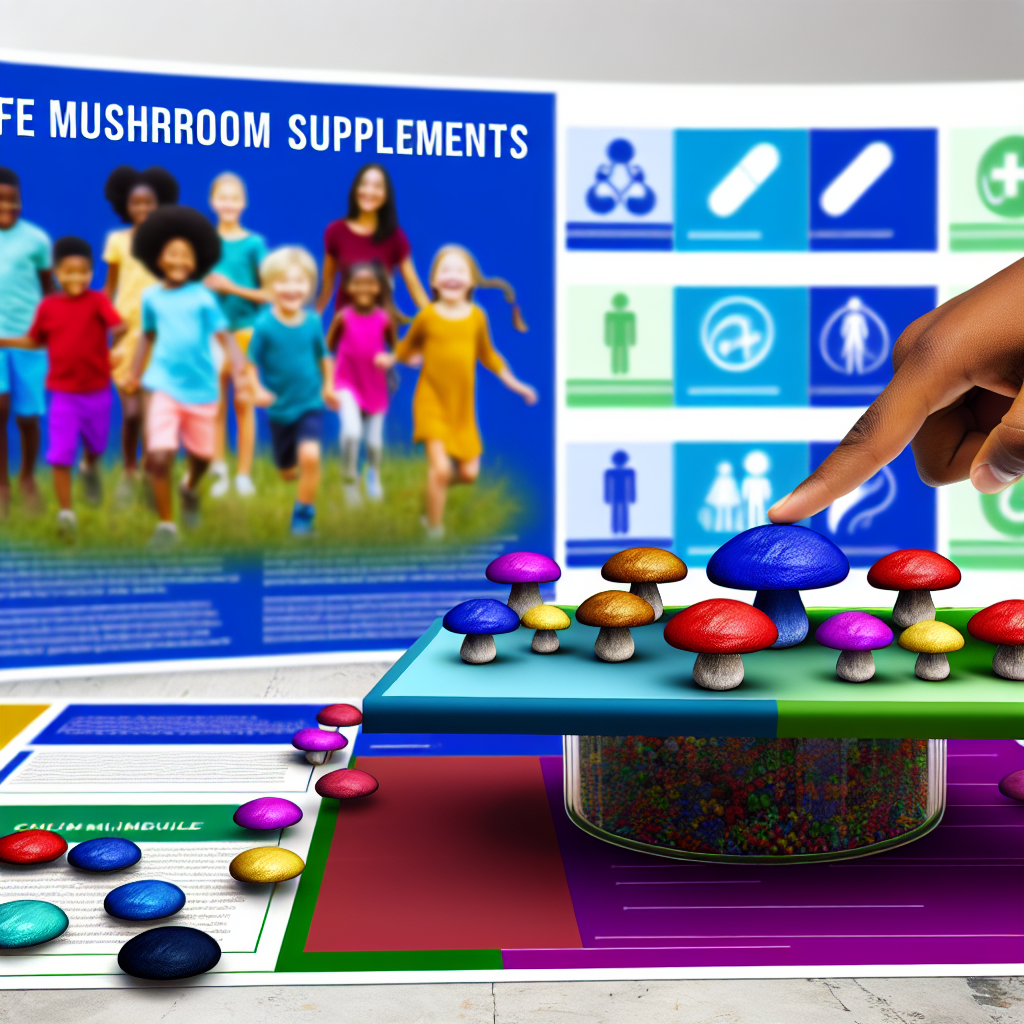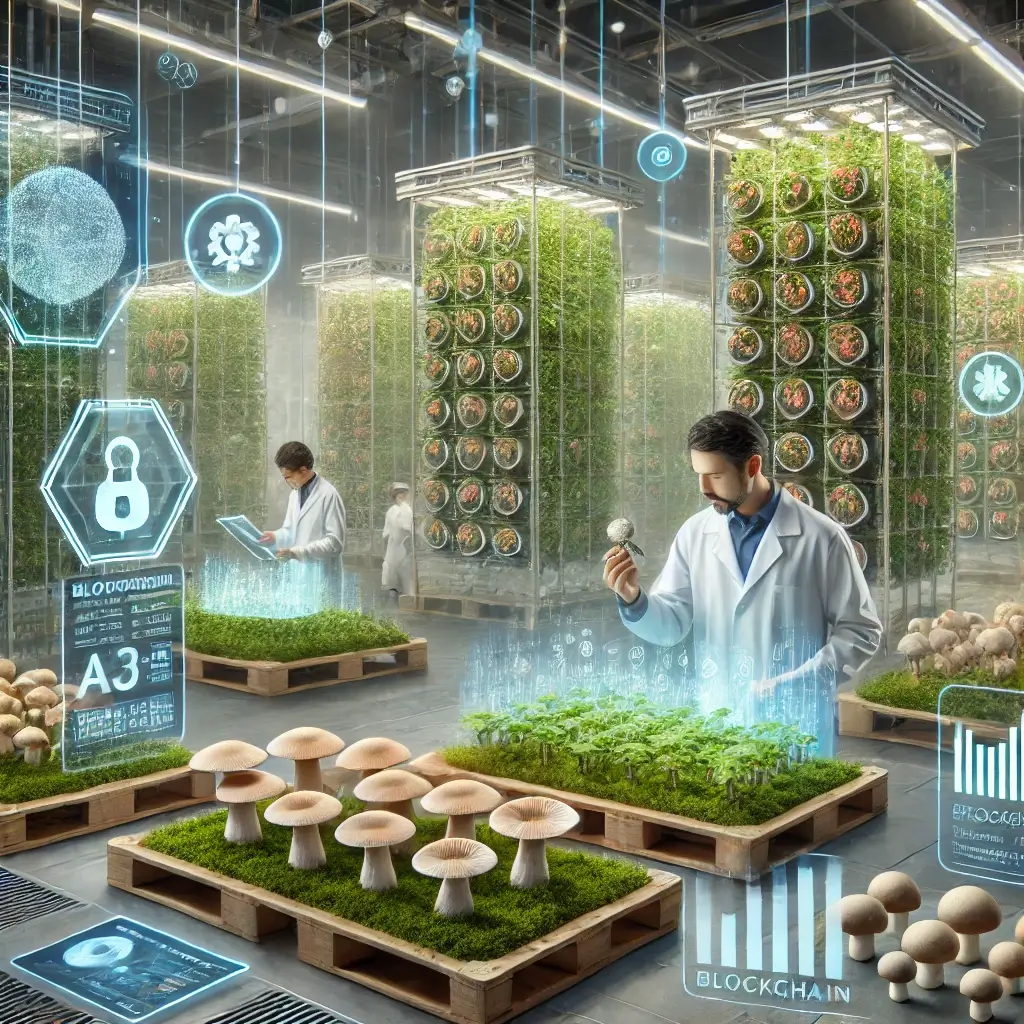How to Build a Spore Library: Mushroom Strain Preservation Techniques
By preserving psychedelic and medicinal mushroom genetics, today’s mycologists play an essential role in the future of wellness, science, and sustainability.
Discover the Power of a Spore Library
As interest in psychedelic medicine and functional mushrooms continues to grow, there is increasing value in preserving the biodiversity and genetics of mushroom species—particularly psilocybin-containing varieties and rare medicinal fungi.
Building a spore library offers researchers, hobbyists, and future cultivators a practical method of conserving valuable genetic traits. A well-organized spore library helps ensure reliable access to specific strains for therapeutic, scientific, or ethnobotanical purposes.
Spore libraries typically include spore syringes, prints, and mycelial tissue cultures—each providing a way to archive and reproduce mushroom strains across time and space.
Why Preserving Mushrooms Matters Now More Than Ever
Mushroom spores function similarly to seeds: they contain the genetic blueprint necessary to reproduce a specific strain. For the conscientious cultivator or researcher, curating a stable and organized library isn’t just a fun side project—it’s a vital effort in protecting genetic heritage from environmental threats, regulatory changes, or natural degradation.
With legislators and researchers in states like Oregon and Colorado moving toward safe, therapeutic psilocybin integration, the demand for standardized strains and scalable cultivation models is rapidly increasing.
Moreover, citizen scientists engaged in mycology help protect rare fungi from extinction. Spore preservation directly supports biodiversity conservation, especially in a time of rapid ecological disruption due to climate change and habitat loss.
Spore Libraries as Scientific Toolkits
Your spore archive is not just an archive—it’s a toolkit. It allows researchers and future cultivators to compare strains for pharmacological potential, cross-breed with older genetics, or reproduce consistent results.
In clinical studies, strain standardization is a serious issue. For instance, Johns Hopkins University consistently uses the strain Psilocybe cubensis “Golden Teacher” due to its reliable psychoactive profile. If this strain were lost, future clinical reproducibility would become significantly more difficult.
Scientific Research Backing Preservation Methods
Fungal spores are impressively durable. Stored in cool, dry, and sterile environments, they can remain viable for years or even decades.
A 2021 study published in Mycologia found that dried basidiospores maintained germination viability for over five years when properly sealed and refrigerated.
Meanwhile, a 2018 study in the Journal of Applied Microbiology showed high genetic stability and reactivation rates for mycelial cultures maintained on agar slants—even after 24 months of cold storage. This makes mycelial culture another viable method for long-term strain storage.
Methods of Mushroom Strain Preservation
There are several reliable methods for preserving mushroom genetics:
- Spore Prints: Made by allowing mushrooms to drop spores onto sterile foil or glassine paper; these are stored in airtight containers with desiccants to remove moisture.
- Spore Syringes: Spores are suspended in sterile water and drawn into syringes for long-term refrigerated storage. Great for inoculation.
- Mycelium Slants: Tissue cultures grown on nutrient agar and refrigerated in slant tubes; common in laboratory environments.
- DNA Barcoding: A developing area led by organizations like the Fungi Foundation; digital genomic records can verify purity and help track lineage development.
Each of these techniques addresses the core goals of spore preservation—longevity, sterility, and reproducibility.
Open-Source Biology and the Role of Citizen Scientists
DNA mapping and strain tracking are creating a digital future for spore libraries. Organizations like the Fungi Foundation now sequence fungal genomes and make them available to the public.
This dovetails with the grassroots foundation of psychedelic research—a space often led by passionate citizen scientists committed to preserving the ethnobotanical and therapeutic wisdom of fungi.
Because there’s currently no large-scale governing body overseeing spore preservation, ethical responsibility falls on individuals and community networks. With care, transparency, and standardization, personal libraries can serve as foundational resources for therapeutic development, scientific inquiry, and community activism.
The Future of Fungi: Your Role in Preservation
Creating and maintaining a spore library is more than just fun; it’s an act of ecological and medical preservation. Whether you’re a curious grower or a professional researcher, your archive may one day serve as a bridge between ancient healing practices and modern psychedelic science.
By mastering techniques like spore printing, tissue culture storage, and sterile syringe creation, you preserve not just genetics—but potential: for healing, learning, and conscious evolution.
Resources & References
- Mycologia Journal
- Johns Hopkins Center for Psychedelic & Consciousness Research
- Beckley Foundation
- Imperial College London Psychedelic Research
- Journal of Applied Microbiology
- The Fungi Foundation
- Oregon Psilocybin Services (OHA)
Concise Summary:
Preserving mushroom genetics is crucial for the future of psychedelic research, therapeutic development, and biodiversity conservation. This article explores the power of spore libraries, the scientific research behind preservation methods, and the role of citizen scientists in building an open-source future for fungi.

Dominic E. is a passionate filmmaker navigating the exciting intersection of art and science. By day, he delves into the complexities of the human body as a full-time medical writer, meticulously translating intricate medical concepts into accessible and engaging narratives. By night, he explores the boundless realm of cinematic storytelling, crafting narratives that evoke emotion and challenge perspectives. Film Student and Full-time Medical Writer for ContentVendor.com



